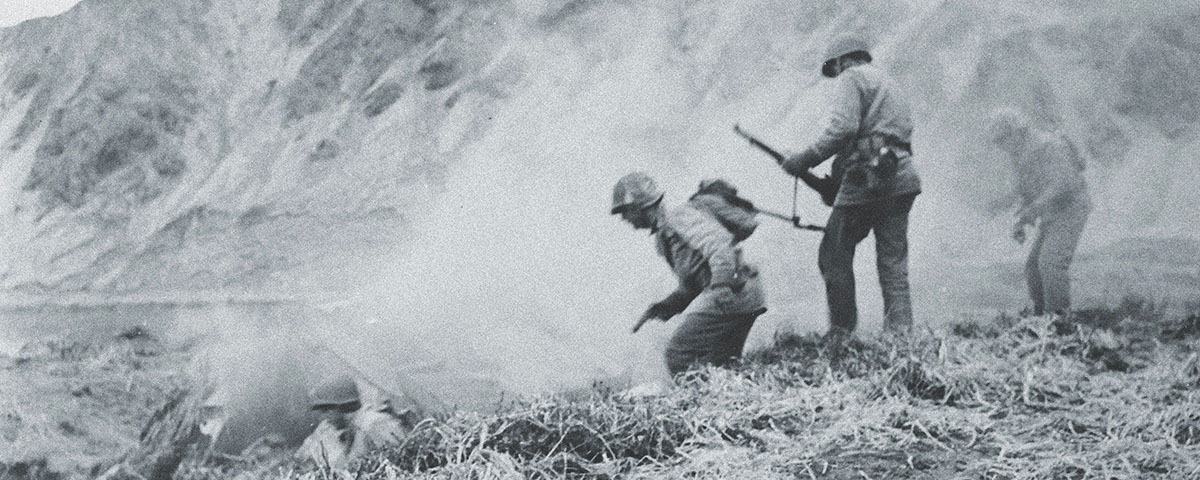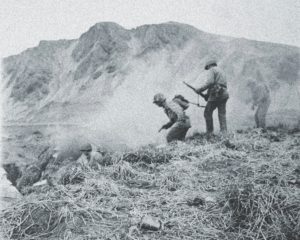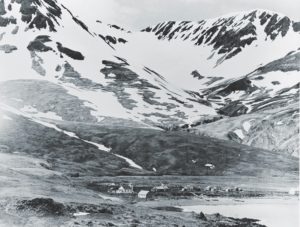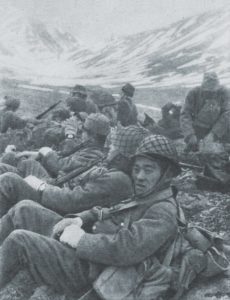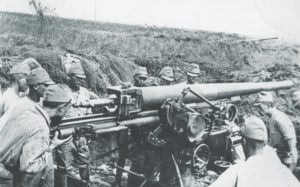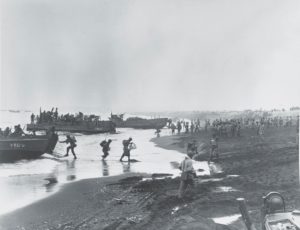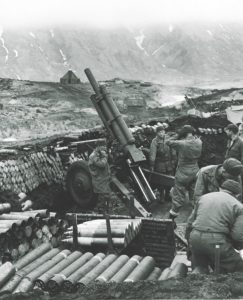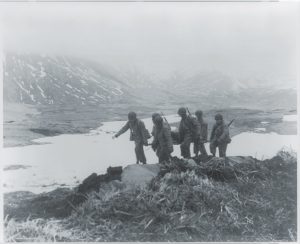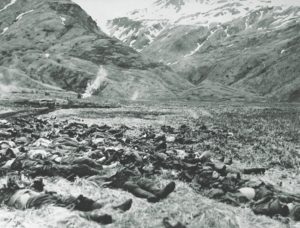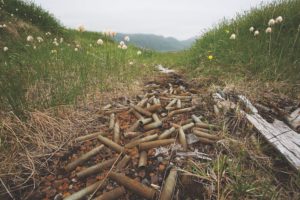When Allied troops moved to retake the Alaskan island of Attu in 1943, the place itself proved tougher than the Japanese
In 1942 Japan believed that by seizing Alaska’s Aleutian Islands and adjacent sea-lanes, it could prevent the United States from attacking from the north. Thus on June 3, 1942, a Japanese aircraft carrier task force attacked the U.S. military installation at Dutch Harbor on Amaknak Island, after which troops landed unopposed on Kiska on June 6 and Attu on June 7. For nearly a year the North Pacific remained a cold, dreary sideshow. On May 11, 1943, the Allies launched Operation Landcrab, as units from the 17th Infantry Regiment of the 7th Infantry Division landed on Attu, supported by two fighter-bomber squadrons and one recon squadron of the Royal Canadian Air Force. Defending the island was the 301st Independent Infantry Battalion under Col. Yasuyo Yamasaki, whose well-prepared defenses inflicted heavy losses. On May 29, however, with his men cornered in Chichagof Harbor, Yamasaki led them in a banzai charge that ended organized resistance. The battle had cost the Americans 549 killed, 1,148 wounded and 1,814 sidelined by cold or disease. Of the 2,900 defenders, 2,351 were killed and only 28 taken prisoner. On July 28 a small Japanese naval force evacuated Kiska’s entire garrison in heavy fog under the noses of American and Canadian forces. The Aleutian campaign was over. For the rest of the war North Pacific operations centered on U.S. bombing attacks against the Japanese naval base at Paramushir in the Kuril Islands.

